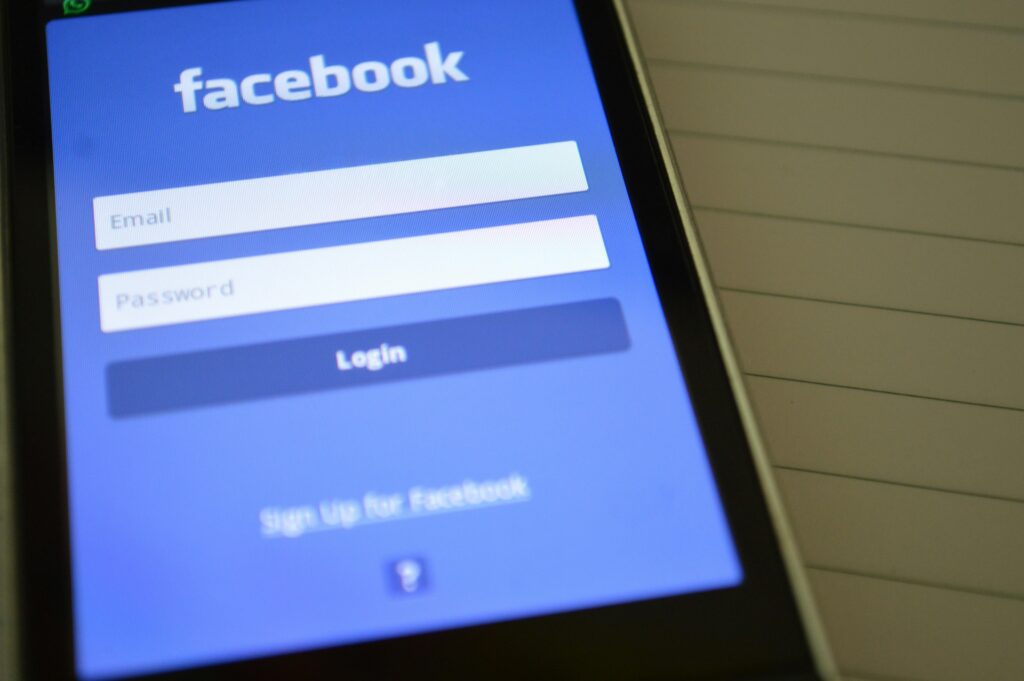
In today’s digital landscape, Facebook stands as a powerful platform for businesses to reach and engage with their target audience. With its vast user base and sophisticated advertising tools, Facebook offers ample opportunities to drive conversions and achieve marketing objectives. In this article, we’ll explore effective strategies and real-world examples of how businesses can leverage Facebook to increase conversions.
1. Define Clear Objectives:
Before diving into Facebook marketing, it’s crucial to define clear objectives and conversion goals. Whether it’s driving website traffic, generating leads, or increasing sales, having specific, measurable objectives will guide your Facebook strategy and help track success.
Example: A fitness apparel brand aims to increase online sales by 20% within three months through Facebook advertising.
2. Audience Targeting and Segmentation:
Facebook’s robust targeting options allow businesses to reach highly specific audience segments based on demographics, interests, behaviors, and more. By precisely targeting your ads to the right audience, you can maximize relevance and increase the likelihood of conversions.
Example: A local bakery targets Facebook ads promoting its custom birthday cakes to users in the area celebrating upcoming birthdays, leveraging interests related to baking and party planning.
3. Compelling Ad Creative:
Captivating ad creative is essential for grabbing attention and enticing users to take action. Whether it’s eye-catching visuals, persuasive copy, or engaging videos, compelling ad creative plays a significant role in driving conversions on Facebook.
Example: A travel agency showcases stunning destination photos and offers exclusive deals in its Facebook ads, enticing users to book their next vacation with a compelling call-to-action.
4. Utilize Retargeting Campaigns:
Retargeting campaigns allow businesses to re-engage users who have previously interacted with their website or shown interest in their products or services. By serving targeted ads to these warm leads, businesses can encourage them to complete a desired action and increase conversions.
Example: An e-commerce store retargets users who have abandoned their shopping carts with personalized Facebook ads featuring the abandoned products and a limited-time discount offer to incentivize purchase completion.
5. Test and Optimize:
Continuous testing and optimization are key to maximizing the effectiveness of Facebook campaigns. Experiment with different ad formats, targeting options, and messaging to identify what resonates best with your audience and drives the highest conversions.
Example: A software company conducts A/B tests on its Facebook ad headlines and images to determine which combinations result in the highest click-through rates and conversions, optimizing its campaigns accordingly.
6. Track and Analyze Performance:
Regularly monitor the performance of your Facebook campaigns using tools like Facebook Ads Manager and Google Analytics. Track key metrics such as click-through rates, conversion rates, and return on ad spend (ROAS) to assess the effectiveness of your efforts and make data-driven optimizations.
Example: A local restaurant tracks the performance of its Facebook ads promoting a special dinner offer using Facebook Ads Manager, analyzing metrics such as ad reach, engagement, and conversions to gauge ROI and inform future campaign decisions.
In conclusion, Facebook offers businesses a powerful platform to increase conversions and achieve marketing objectives. By defining clear objectives, targeting the right audience, creating compelling ad creative, utilizing retargeting campaigns, testing and optimizing, and tracking performance, businesses can effectively leverage Facebook to drive meaningful conversions and grow their bottom line.
